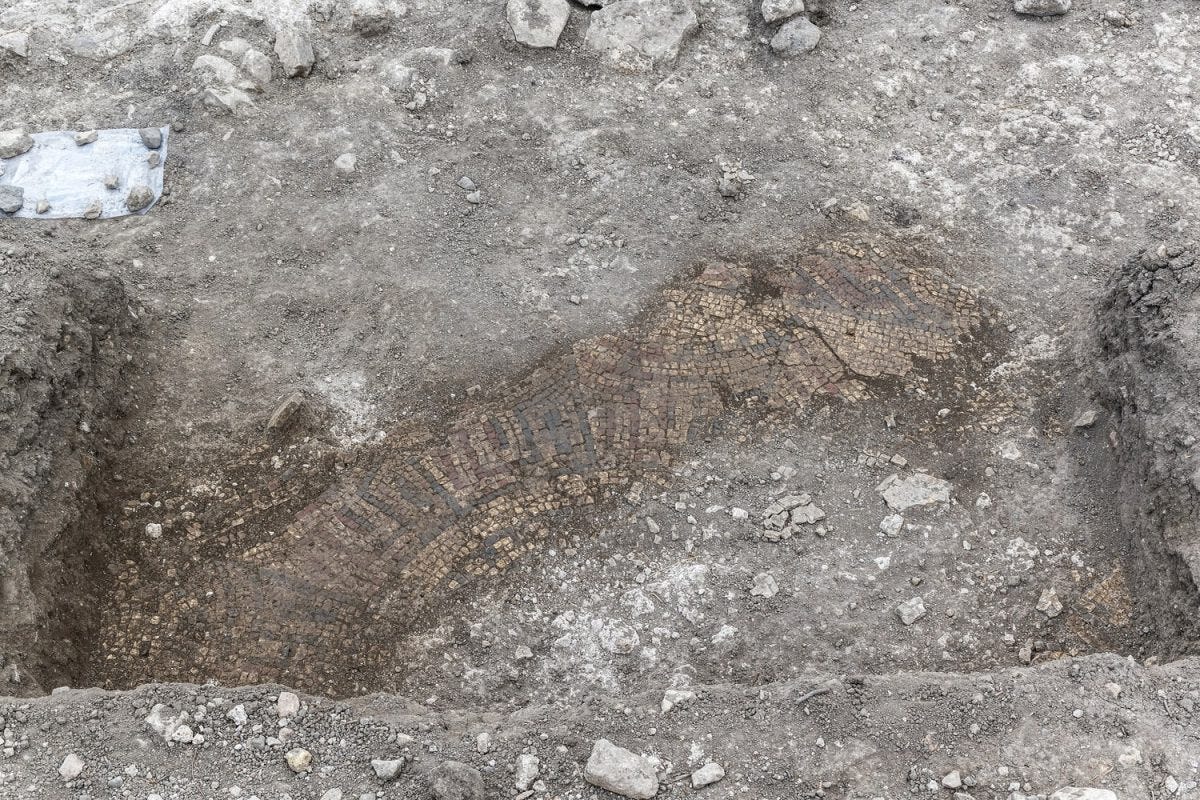A luxury Roman village in southeastern Sicily discovered by archaeologists
Latest News
Reported by Arkeonews:
In the province of Catania, archaeologists have excavated the remains of a Roman house with a mosaic floor dating from the 2nd to 4th centuries AD. The house was part of a whole Roman village and was situated close to the town of Vizzini in southeastern Sicily, at an elevation of almost 500 meters above sea level.
Archaeologists from the University of Göttingen have been researching how people lived and traded in ancient times in Sicily. for more than 20 years. Now, they have made another significant discovery: a Roman village with an area of about 15 hectares.
Since 2022, the Göttingen team has been conducting research here under the direction of Prof. Dr. Johannes Bergemann from the Archaeological Institute. First, possible ancient archaeological sites were inspected throughout the Vizzini region. In 2023, a geophysical survey was carried out following surface investigations of the sites that were identified. This survey detected anomalies in the Earth’s geomagnetic field and created detailed images of the subsurface without the need for excavation.
These geophysical measurements led the research team to the remains of the buildings that have now been excavated. The building extended 30 by 13 meters, and its remains are just below the current surface. Inside, there is a representative room of nearly 100 square meters, with a floor covered in mosaics. Unfortunately, parts of the mosaic were destroyed by plowing, says Bergemann.
There were other comparable structures nearby, according to the geophysical measurements. Between the 2nd and around the 6th century AD, people lived here at a high level: there were columns built with rounded bricks, coated with stucco, and probably painted, similar to what you see in Pompeii, says Bergemann. We have found remains of fountains with marble ponds, as well as luxury Roman ceramics known as Terra Sigillata.
It is a Roman village that is roughly 15 hectares small. Large rural settlements and villas, as well as Roman agricultural production facilities that frequently produced significant yields, replaced the ancient Greek cities during the Roman era. Long-distance trade in the globalized Roman Empire made this possible.
Read more here.



